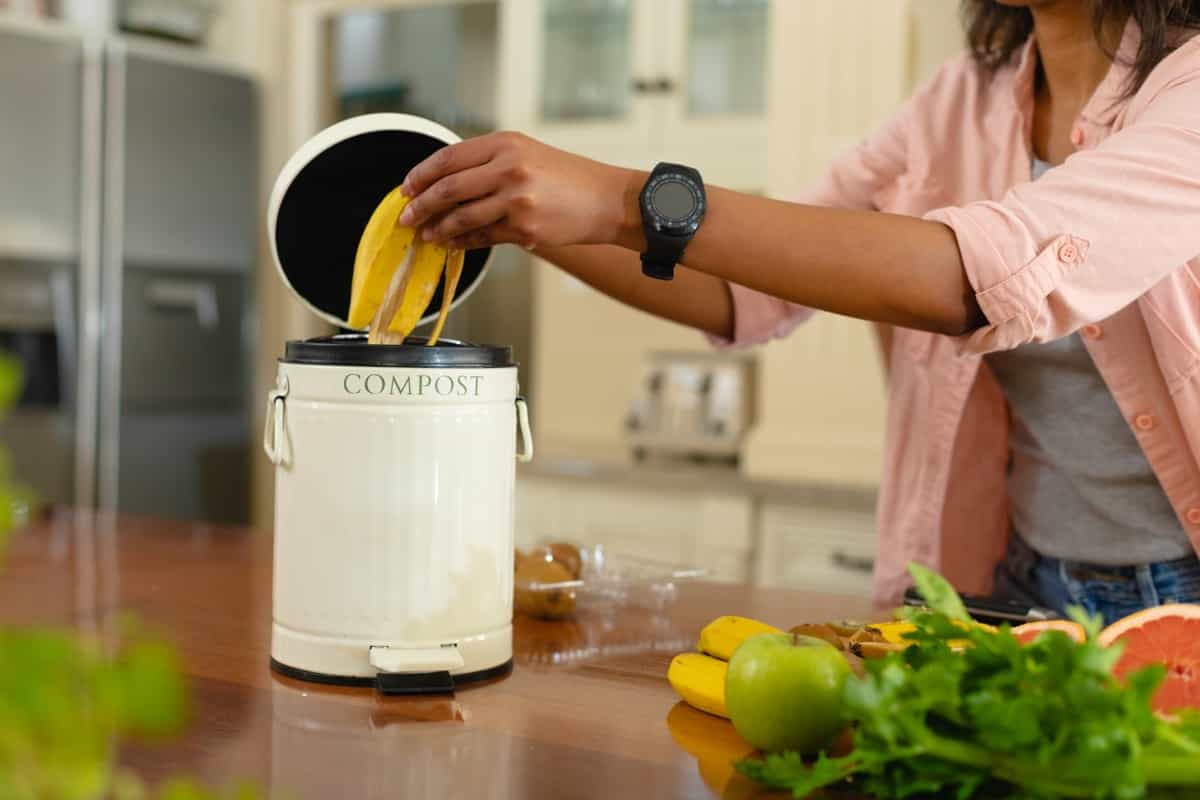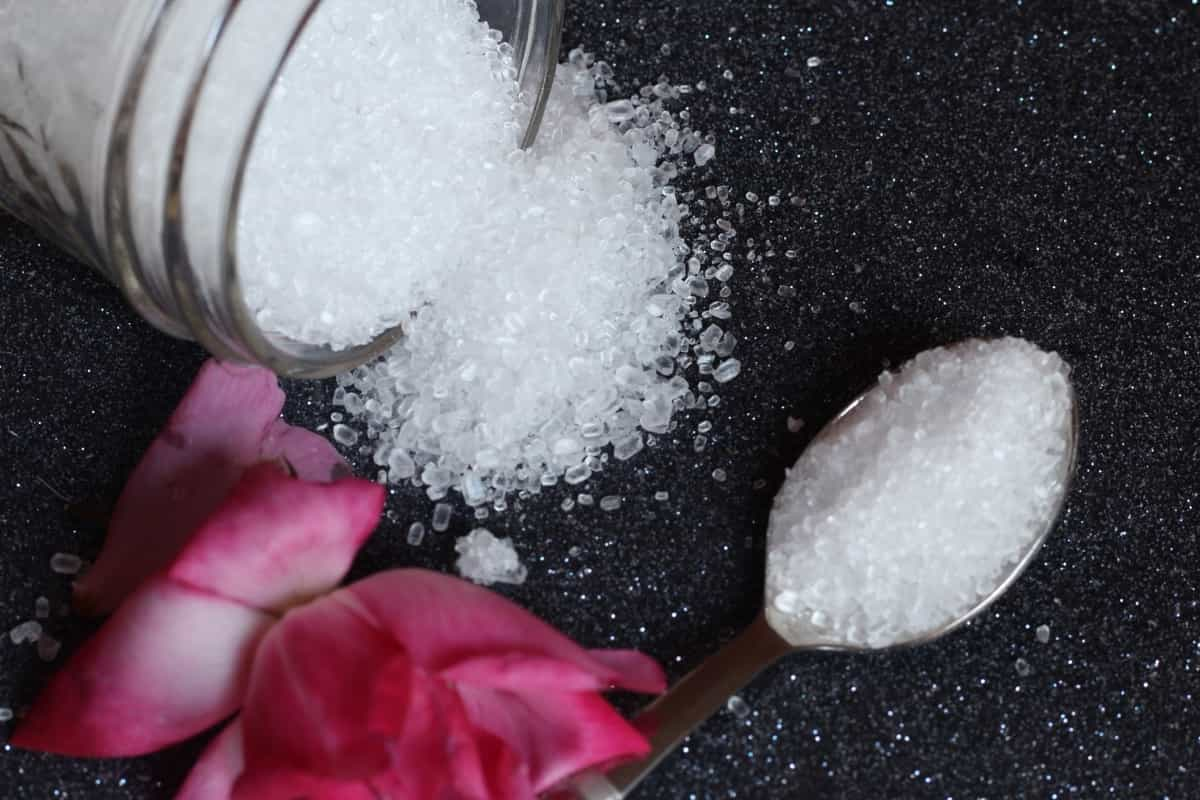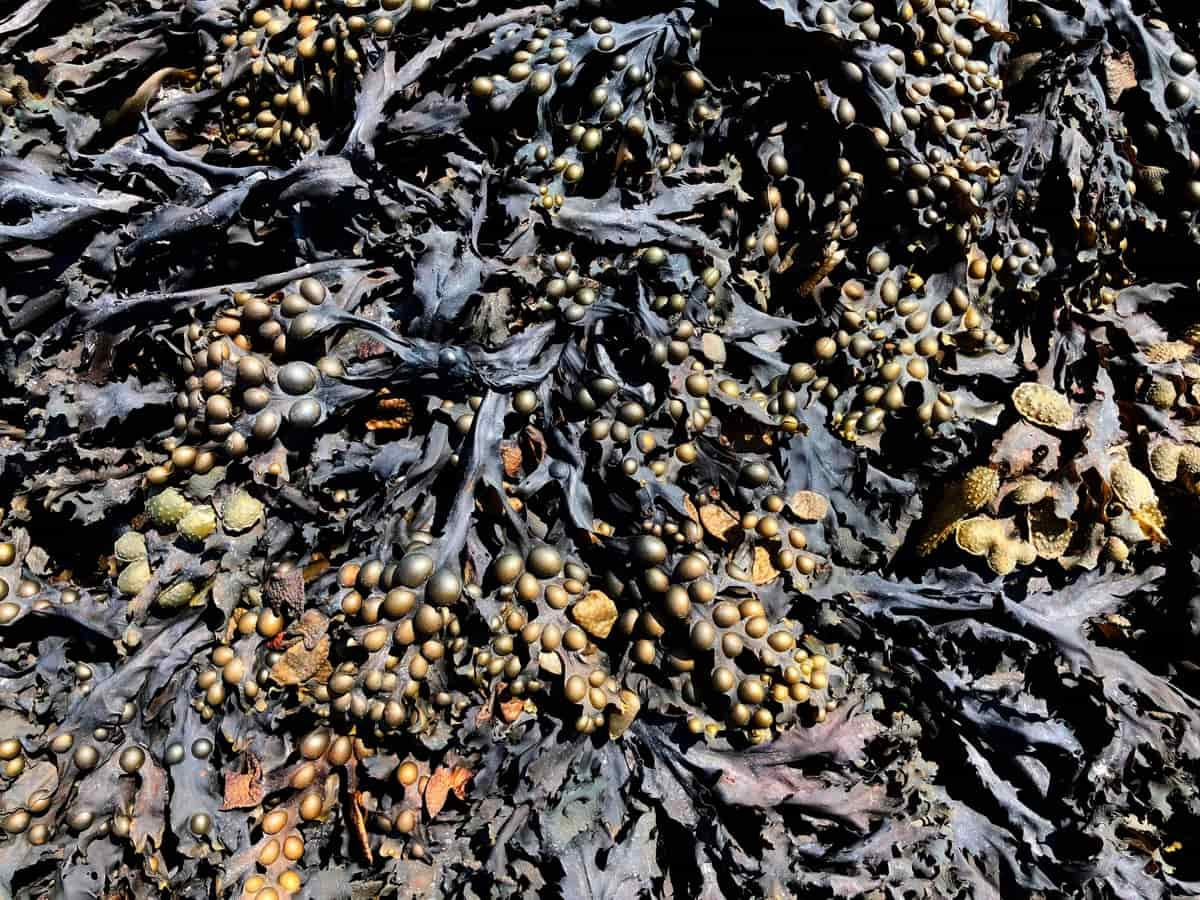The quest for a lush, thriving garden often leads many gardeners to explore various plant care solutions. The nutrient-rich feed that plants require can often be found in commercial fertilizers. However, for those seeking a more natural, self-sufficient approach, Homemade Fertilizers can serve as an effective Substitute For plant food for flowers and a range of other plants.
Homemade fertilizer for potted plants, nitrogen fertilizer for plants, and plant food without ammonia are becoming increasingly popular as gardeners realize the benefits of these DIY solutions. Indeed, they can also be the Best homemade fertilizer for flowering plants. As we delve deeper into this topic, we’ll focus on ten DIY plant foods that replace commercial fertilizers, helping you make the most of what is often wasted in your home while boosting your garden’s vitality and bloom.
10 DIY Plant Foods
DIY Banana Peel Fertilizer for Roses
Moving on, one of the best homemade fertilizers for flowering plants is a banana peel fertilizer, especially for roses. Bananas are abundant in potassium, a crucial plant nutrient, particularly for flowering plants. To make a DIY banana peel fertilizer, simply soak banana peels in a jar of water for a few days, and use the water to feed your roses. The banana-infused water provides potassium, which aids in the plant’s flowering process, making it a natural plant food for flowers.
In case you missed it: How to Make Banana Peels Compost Fertilizer: Homemade Recipe, DIY for Container, Indoor, and Backyard Garden Plants

Organic Liquid Fertilizer Recipe for Tomatoes
Tomatoes, a staple in many home gardens, can significantly benefit from homemade nitrogen fertilizer. A homemade organic liquid fertilizer can be prepared with kitchen waste like vegetable peels, fruit scraps, coffee grounds, and eggshells. To create the fertilizer, these components are soaked in water in a 1:2 ratio for two weeks. The nutrient-rich water is then strained and diluted before being applied to the tomato plants. The decomposition of the waste materials in the water makes nutrients available to the plants, making this method a natural and efficient way of fertilizing tomatoes.
Homemade Compost Tea for Houseplants
Next up on our list is Homemade Compost Tea, an excellent homemade fertilizer for potted plants. It’s a nutrient-rich liquid derived from composted organic matter. The brewing process involves steeping mature compost in water for several days, allowing the nutrients and beneficial microbes to leach into the water. The liquid is then strained and can be used to water houseplants, providing them with a steady supply of essential nutrients. Compost tea is an effective homemade plant food without ammonia and aids in improving soil structure and fighting off diseases.
Epsom Salt as a Natural Plant Food
Often overlooked, Epsom salt is an excellent source of magnesium and sulfate, two vital plant nutrients. It can be a natural food for many plants, from flowering plants to vegetables. To create a homemade plant food without ammonia, dilute Epsom salt in water and use it to water your plants. It enhances the plant’s absorption of nitrogen and phosphorus, which boosts growth and promotes a healthy, vibrant garden.
In case you missed it: Homemade DIY Epsom Salt Solution for Pests and Disease Control: Recipe for Natural and Organic Benefits of Plants

DIY Eggshell Fertilizer for Vegetable Gardens
Eggshells, known for their high calcium content, can be an excellent fertilizer for your vegetable garden. Wash and dry the shells to prepare the eggshell fertilizer, then grind them into a fine powder. This powder can be mixed with soil or compost and applied to your garden. The calcium from the eggshells helps in cell growth and aids in preventing blossom end rot in tomatoes and squash, thus acting as a superb homemade nitrogen fertilizer for vegetables.
DIY Bone Meal Fertilizer for Flowering Plants
Lastly, bone meal is another effective homemade fertilizer for flowering plants. High in phosphorous, bone meal helps plants develop strong root systems and aids in flower and fruit development. To create this, boil leftover bones until they become soft. After they cool, they can be crushed into a powder and mixed into the soil. A bone meal is a wonderful homemade fertilizer, assisting your garden to bloom with vibrant flowers.
How to Make Seaweed Fertilizer at Home
For those close to the coast, seaweed serves as an exceptional source of plant nutrients. You can create a homemade nitrogen fertilizer for vegetables by collecting seaweed, rinsing it thoroughly to remove salt, and then soaking it in water for a few weeks. The resulting liquid is a rich fertilizer that can be used to water plants, providing a broad spectrum of nutrients. Seaweed fertilizer is one of the best homemade fertilizers for plants, boasting nitrogen and many trace minerals that plants need.
In case you missed it: Seaweed Fertilizers in Agriculture: How to Make, Benefits, NPK Ratio, and Disadvantages

Homemade Fish Emulsion Fertilizer Recipe
Fish emulsion is a popular organic fertilizer, high in nitrogen and phosphorous. Mix parts of fish waste like bones and innards with water to make your own and let it ferment for several weeks. This homemade nitrogen fertilizer for plants is excellent for promoting plant growth and improving leaf color, especially for heavy feeders like tomatoes and peppers. Remember to strain the mixture before use and ensure it is well diluted to prevent any potential plant burn.
Using Molasses as a Natural Plant Food
Molasses, a by-product of the sugar-making process, is another excellent natural plant food for flowers. It is an effective plant booster, high in potassium, calcium, and magnesium. When combined with water for plant watering, it offers vital nutrients to boost plant growth. Molasses is also known to feed beneficial microbes in the soil, enhancing the overall health and fertility of the soil.
Creating Your Leaf Mold for Garden Soil
Leaf mold is a simple yet effective way to improve your garden’s soil and is particularly beneficial for moisture-loving plants. To prepare this, gather fallen leaves, preferably shredded to speed up the process, and put them in a large bag or compost bin. Sprinkle with water until the leaves are damp but not soaking wet. Leave this pile for a year to allow the leaves to decompose.
The result will be a rich, crumbly material that you can mix into your garden soil. It improves the soil structure, aids water retention, and introduces beneficial organisms. This method is an excellent way to recycle your garden waste and provides a cost-free means of enhancing your soil’s health and fertility.
Coffee Grounds as a Nutrient-rich Soil Amendment
Coffee grounds can be an excellent soil amendment and a plant nitrogen source. Rather than throwing them away, you can scatter used coffee grounds around your plants. The grounds will break down slowly, releasing nitrogen and making the soil more acidic, which benefits certain plants like roses and blueberries. This method is a fantastic homemade nitrogen fertilizer for plants, utilizing waste that would otherwise end up in the trash.
In case you missed it: How to Make Coffee Grounds Compost Fertilizer: Homemade Recipe, DIY for Container, Indoor, and Backyard Garden Plants

Conclusion
Homemade fertilizers are cost-effective and environmentally friendly, reducing waste and promoting a more organic approach to gardening. Whether you choose to use compost tea, coffee grounds, banana peels, or any other methods mentioned above, you can be confident that you are giving your plants the best possible nutrients. It’s a rewarding way to give your plants the food they need while using everyday household items that would otherwise be thrown away. With these methods in your gardening toolkit, you’ll be well on your way to a thriving, beautiful garden.
- Feed Your Flock for Less: Top 10 Tips to Save on Chicken Feed
- Ultimate Guide to Ossabaw Island Hog: Breeding, Raising, Diet, and Care
- Hatching Answers: The Top 10 Reasons Your Chickens Aren’t Laying Eggs
- Eggs and Economics: Breaking Down the Cost of Raising Backyard Chickens
- Defend Your Greens: Proven Methods to Keep Iguanas Out of Your Garden
- Ultimate Guide to Cinnamon Queen Chicken: A Comprehensive Guide for Beginners
- Ultimate Guide to California Tan Chicken: Breeding, Raising, Diet, Egg-Production and Care
- Ultimate Guide to Marsh Daisy Chicken: Breeding, Raising, Diet, and Care
- 10 Types of Chicken Farming Businesses You Can Start for Profits